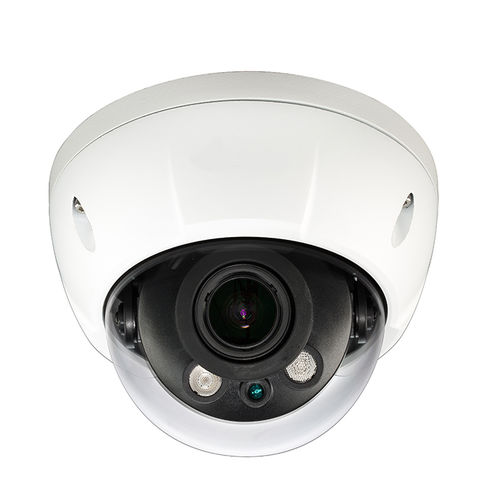Understanding the Need for a Reset: Common Camera Issues
In the world of home security, Blink cameras have established themselves as reliable and user-friendly devices. However, like any tech gadget, they may occasionally encounter issues that disrupt their performance. Common problems range from connectivity issues, such as failing to connect to Wi-Fi, to functional hiccups, like not recording or providing live feed. Sometimes, these glitches are accompanied by LED light indicators on the camera, signaling specific troubles. Other times, the Blink app may present error messages that can guide you towards the need for a reset. A proper understanding of these signals is crucial for deciding when a reset is necessary to restore your camera’s functionality.

Pre-Reset Precautions: Safeguarding Your Data
Before you proceed with resetting your Blink camera, it’s essential to take precautions to safeguard your data and settings. Ensure that all significant video footage stored in the cloud or locally is backed up. Take note of your current settings, such as motion zones, sensitivity levels, and schedules, as these will be lost during the reset process and will need to be reconfigured afterward. Check if the camera’s firmware is up to date, as outdated software can sometimes cause issues that a simple reset won’t fix. Additionally, if your camera is part of a synced module with multiple cameras, be aware that resetting one device might require you to re-establish connections with others.
Performing the Reset: Step-by-Step Guide
Resetting your Blink camera can often resolve the issues you’re experiencing. Here’s a step-by-step guide on how to do it:
Locate the Reset Button
Find the reset button on your Blink camera. On most models, it’s located on the side or bottom of the camera.
Use a Suitable Tool
Use a thin object, such as a paperclip, to press the reset button. Ensure the camera is powered on before proceeding.
Press and Hold
Gently press and hold the reset button for 10-15 seconds. For systems with a sync module, power off the module, press and hold the reset button, then plug back in the power with the button still pressed until the light turns red.
Wait for Reboot
Release the reset button and give the camera time to reboot. This process may take a few minutes. The camera will enter setup mode, indicated by a flashing blue light or a different color depending on the model.
Reconfigure Your Camera
Once the reset is complete, open the Blink app to add and reconfigure your camera settings. Follow the on-screen instructions to reconnect to Wi-Fi and restore your preferred settings.
Post-Reset Setup: Reconnecting and Reconfiguring
After resetting your Blink camera, you’ll need to reconnect it to your home Wi-Fi network and reconfigure the settings to your liking. Open the Blink app on your smartphone and select the option to add a new system or camera. Follow the in-app instructions to scan the QR code on the camera, if required, and connect it to your Wi-Fi network. Once connected, take the time to adjust the settings, such as motion detection, video quality, and activity zones, to match your security needs. It’s also a good opportunity to explore new features or updates that may have been released since your initial setup. With your Blink camera reset and reconfigured, it should now operate smoothly, providing the security and peace of mind you rely on.
In conclusion, resetting your Blink camera is a straightforward process that can solve a range of operational issues. By understanding when a reset is necessary, taking precautions to safeguard your data, performing the reset correctly, and carefully reconnecting and reconfiguring your device, you can quickly restore your Blink camera’s functionality. Always remember to keep your camera’s firmware updated and to periodically check the Blink support resources for any new troubleshooting tips or software enhancements.